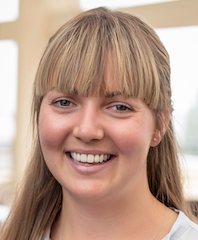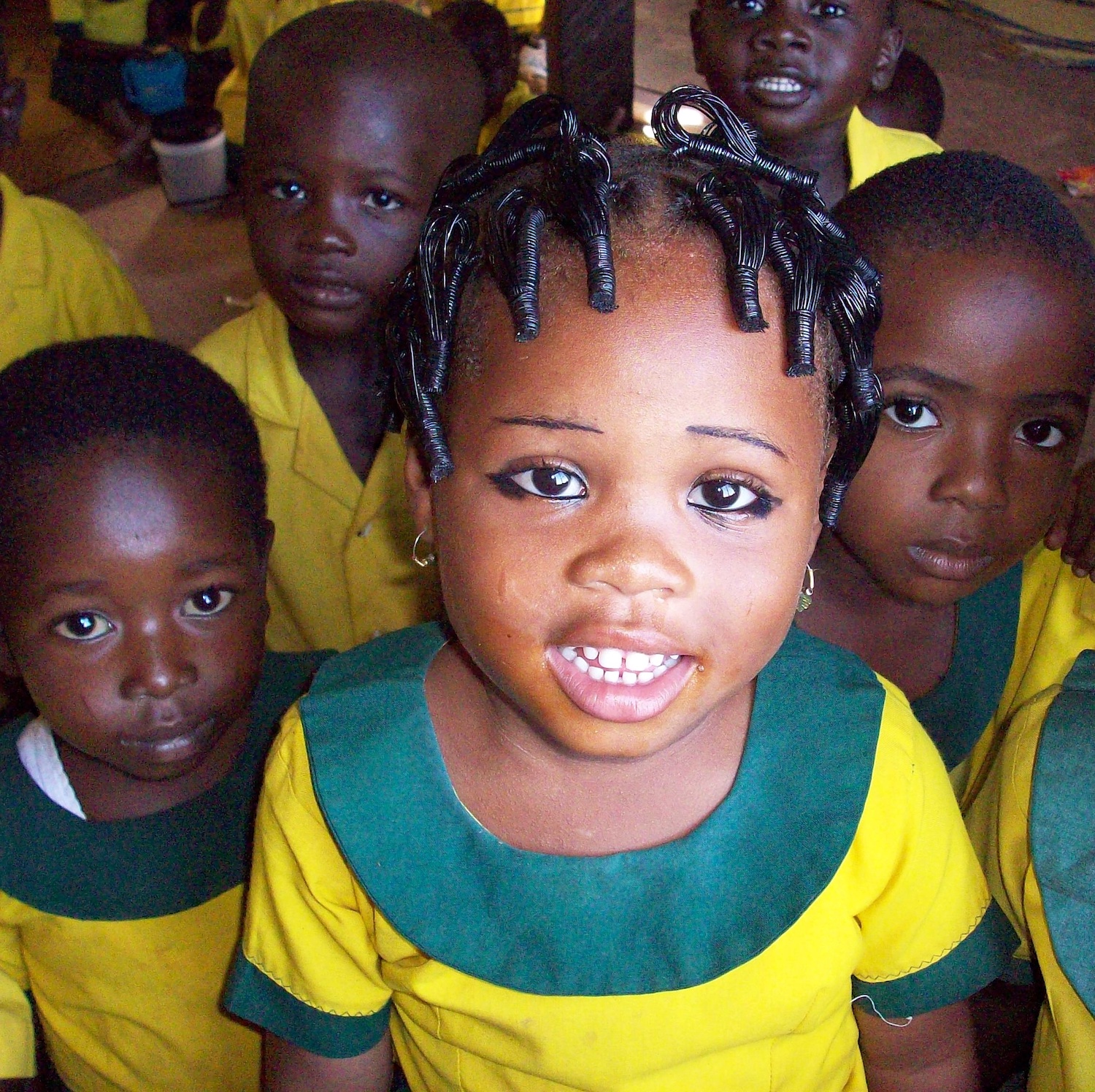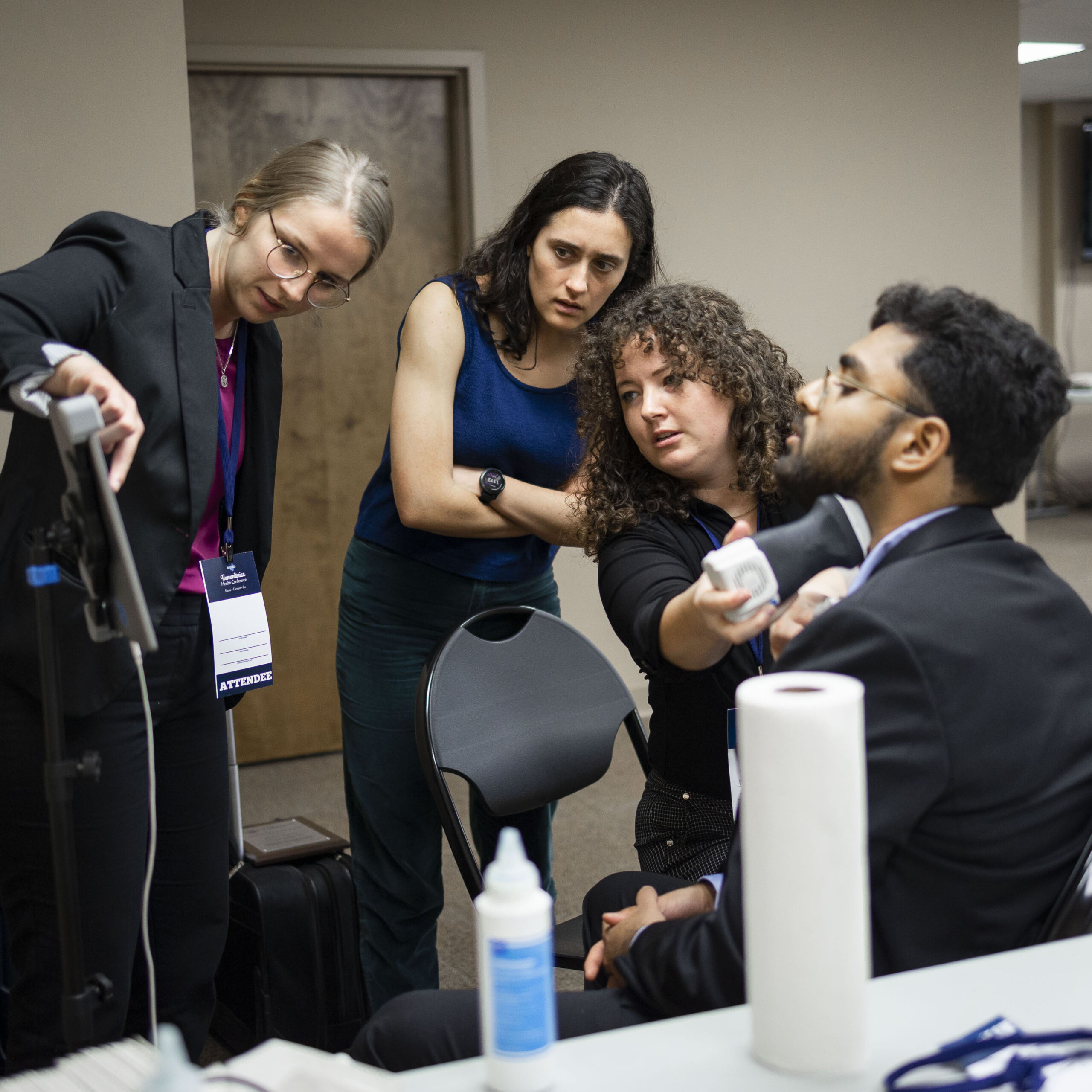Kaitlyn Hite
INMED Blog

Hello! My name is Kaitlyn Hite. I am a Northwest Washington Family resident and I’m starting my INMED service-learning in February 2023.
- Kiwoko Hospital
- Uganda
- Graduate Diploma in International Medicine & Public Health
Blog Posts
Day 28
Today I depart from Kiwoko. It is really difficult to summarize the past month, and it would probably do my […]
Continue ReadingDay 27
It’s my second to last day in Kiwoko. I’m not sure I have said this prior, but Kiwoko is pronounced […]
Continue ReadingDay 26
Today is my last official day of work (but tomorrow I may join in somewhere in the hospital). It has […]
Continue ReadingDay 25
On day four of my second maternity week, I started the morning with a presentation at the doctors’ meeting on […]
Continue ReadingDay 24
Today I spent the day in the HIV antenatal clinic. It was very informative as I have not seen many […]
Continue ReadingDay 23
My second maternity week continued today with more of the same but also some differences. An unfortunate theme of the […]
Continue ReadingDay 22
Week 2, day 1 of maternity. I can’t believe it’s my last week in Kiwoko. I’m sad it is already […]
Continue ReadingDay 21
It’s the end of the third week. Time is flying! I spent Sunday going to church, finishing a book, and […]
Continue ReadingDay 20
Today I said goodbye to the three German medical students that have been in the guest house with me for […]
Continue Reading


